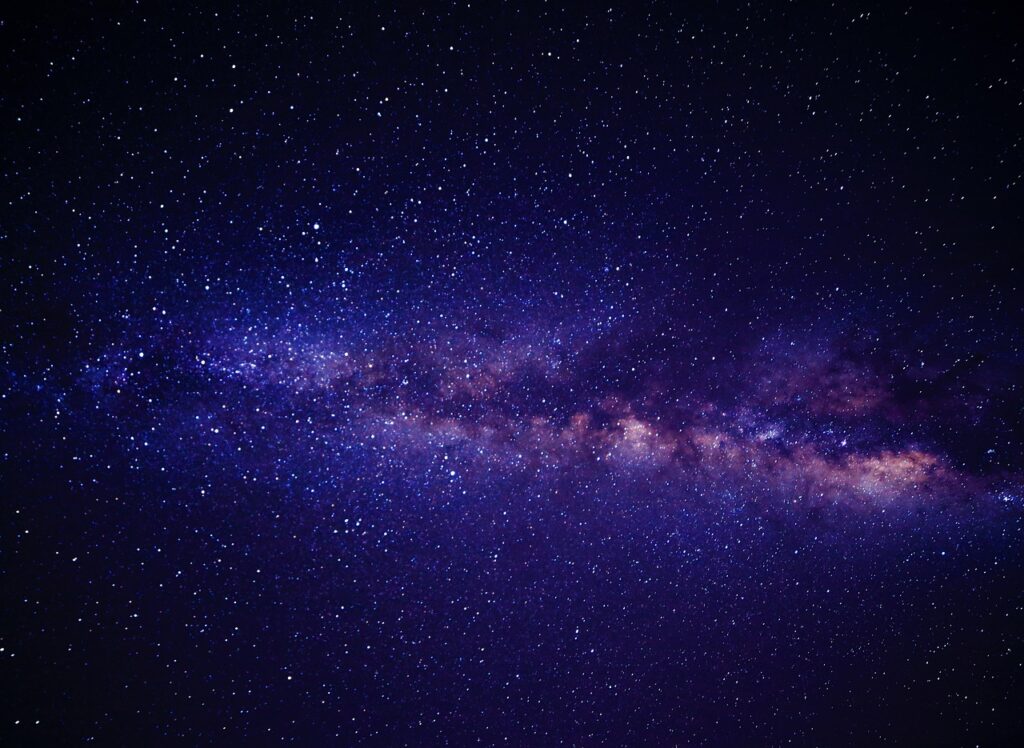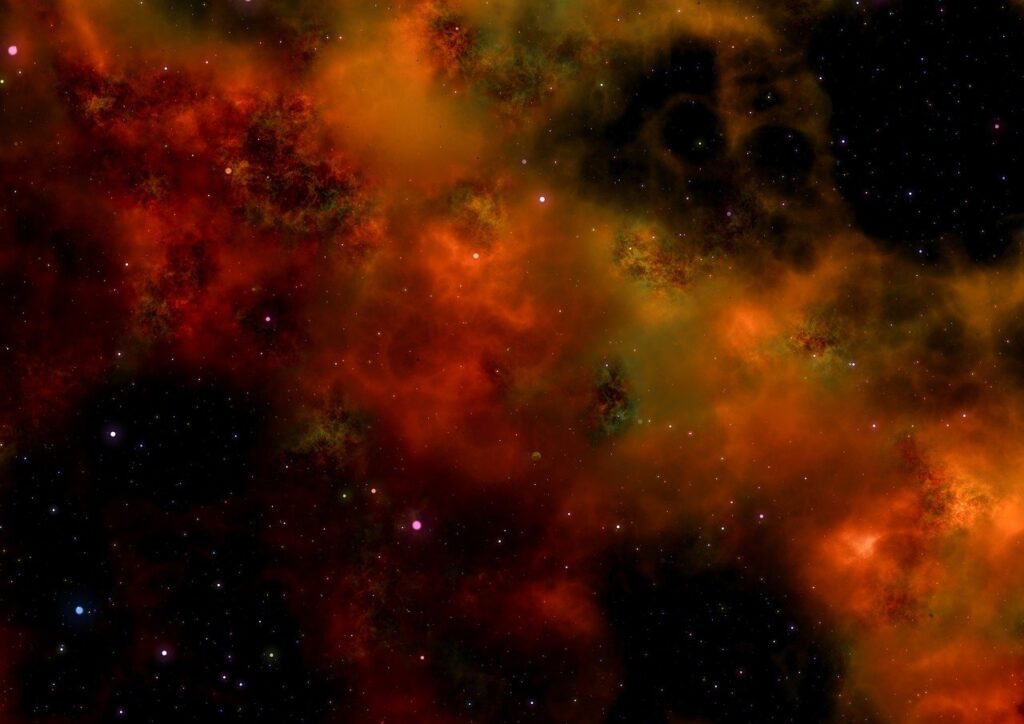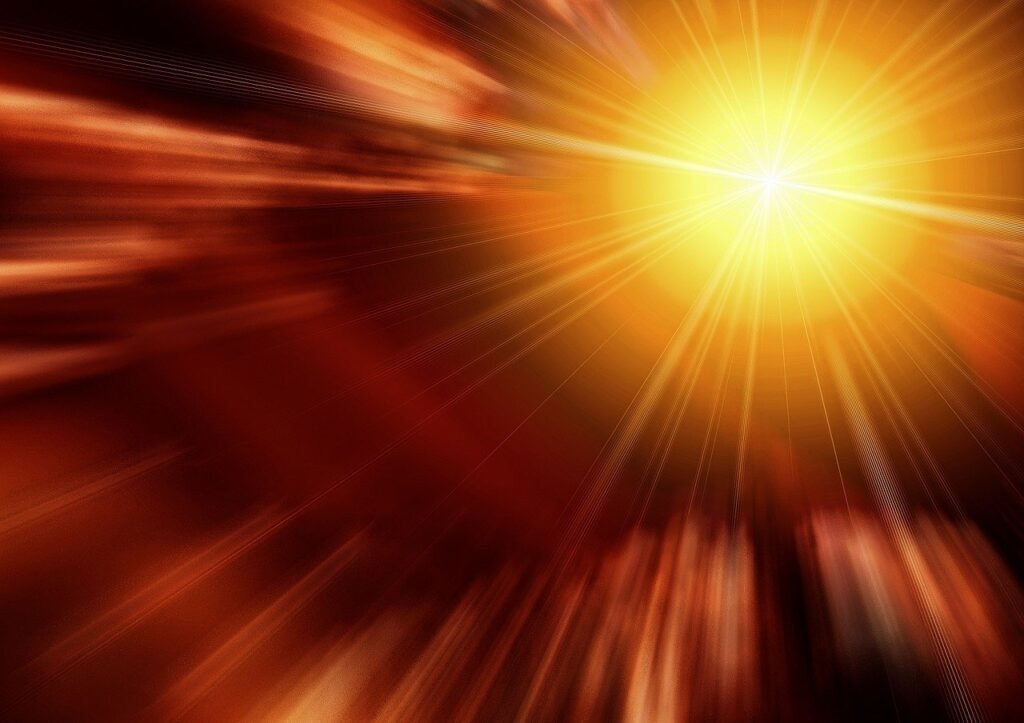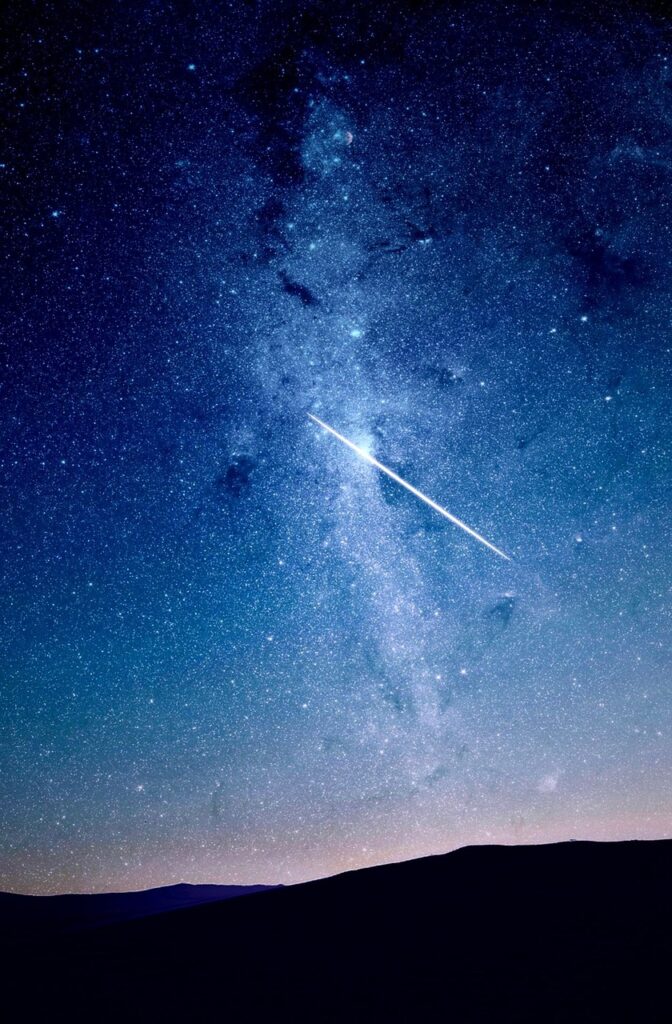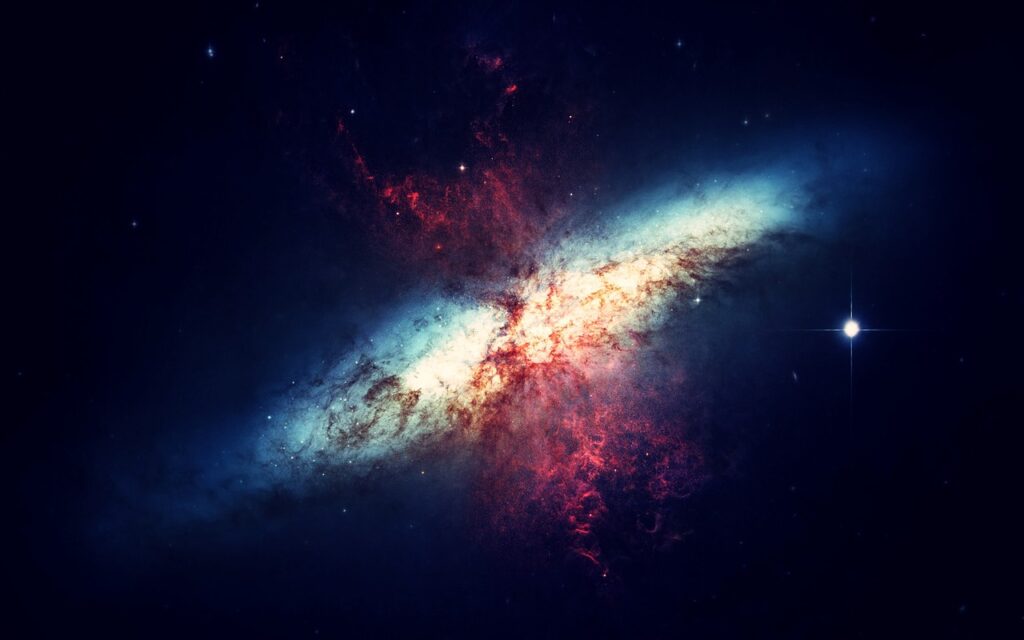
Ever stared up at the night sky, a breathtaking canvas dotted with countless sparkling points of light? We’re diving deep into the dazzling, dramatic, and downright mind-bending lives of stars. Forget everything you thought you knew, because their stories are more epic than any reality TV show, and their existence literally shapes everything around us!
From explosive births to spectacular deaths, stars are dynamic engines of creation, forging the very elements that make up our world. Their journeys span millions to trillions of years, dwarfing human experience. Get ready to have your cosmos perceptions reshaped with 14 jaw-dropping facts about stars that are out of this world!
1. **What is a Star? The Fundamental Definition**
At its core, a star is a “luminous spheroid of plasma held together by self-gravity.” Imagine a gigantic, glowing ball of super-hot gas, mostly hydrogen with some helium, held tightly in place by its own immense gravitational pull. This delicate balance between outward pressure from its scorching interior and inward pull of gravity keeps a star stable for billions of years.
Our Sun is the closest and most well-studied example, providing an incredible blueprint for understanding these cosmic powerhouses. While it feels massive to us, it’s just one of billions. Many other stars are visible to the naked eye at night, appearing as tiny, fixed points of light due to their immense distances from Earth, despite their colossal sizes.
These distant suns are the powerhouses of galaxies, crucibles where elements are forged, and anchors for planetary systems, potentially harboring life. Understanding their basic nature—a self-gravitating, luminous plasma sphere—is the first crucial step to appreciating the incredible complexity and dynamism of the universe around us. They are, in essence, the fundamental building blocks of the cosmic tapestry.
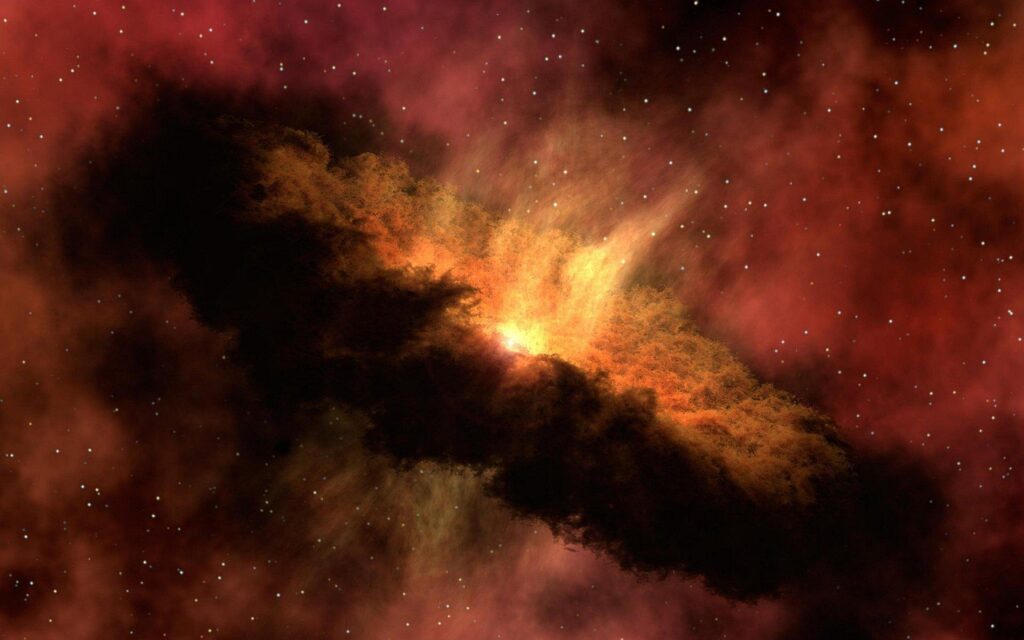
2. **The Cosmic Census: How Many Stars Are Out There?**
Prepare for a number that’s going to make your head spin: astronomers estimate the universe could contain up to one septillion stars – that’s a one followed by 24 zeros! A number so gargantuan, it’s almost impossible to truly wrap your mind around. If you tried to count them, you’d be here long after the universe ends!
Bringing it closer to home, our Milky Way galaxy, our cosmic neighborhood, contains “more than 100 billion” stars. Yes, 100 *billion* just in our galaxy alone. This incredible figure makes you realize just how small we are, yet also how special our own Sun, our local star, is within this grand cosmic dance.
Here’s a fascinating tidbit: despite these mind-boggling numbers, only about 4,000 stars are visible to the naked eye from Earth. Every single one of those visible stars is “within the Milky Way galaxy.” So, when you look up at a dark sky and see shimmering lights, you’re seeing a tiny, tiny fraction of the cosmic ocean, all from within our galactic home. Truly humbling, isn’t it?

3. **The Birth of a Star: From Cosmic Dust to Protostar**
Every star begins its life by condensing from massive “large clouds of gas and dust called molecular clouds.” These aren’t just any clouds; they can span “hundreds of light-years” and contain “1,000 to 10 million times the mass of the Sun.” Within these vast, cold structures, gas starts to clump, creating “high-density pockets.”
Gravity then takes over. As these clumps gather more matter, their gravitational pull strengthens, eventually causing them to “collapse.” This inward rush generates immense “friction [that] causes the material to heat up,” leading to the development of a “protostar – a baby star.” These active star-making zones are known as “stellar nurseries,” like the “Orion Nebula” or “NGC 3324” in the Carina Nebula, where batches of newly formed stars are called “stellar clusters.”
The formation process is often “triggered by compression of clouds by radiation from massive stars” or “collision of different molecular clouds.” Pre-main-sequence stars, such as “T Tauri stars” and “Herbig Ae/Be stars,” dramatically announce their arrival by emitting powerful “jets of gas along their axis of rotation.” These jets reduce angular momentum and can even “drive away the surrounding cloud,” carving out their space in the cosmos.
4. **Living the Long Life: The Main Sequence Stage**
After birth, most stars enter the “main sequence” stage, the longest and most stable phase of their lives. Here, they shine steadily, fueled by “nuclear fusion” deep within their cores. Immense pressures and temperatures “squeeze the nuclei of hydrogen atoms together to form helium,” converting matter into light and heat. This continuous energy release creates an outward pressure, perfectly balancing gravity’s pull, preventing collapse. This stable equilibrium defines “main sequence stars.”
Our Sun is “roughly midway through its main sequence stage,” meaning billions more years of steady burning. During this phase, a star’s “luminosity, size, and temperature will slowly change over millions or billions of years.” Its mass dictates its lifespan; “lower-mass stars burn longer, dimmer, and cooler than very massive stars.” It’s a cosmic paradox of endurance.
Massive stars have stronger gravity, so they “must burn fuel at a higher rate to generate the energy that keeps them from collapsing.” They live fast, burning through fuel quickly, living only “a few million years.” Conversely, some low-mass stars, with their slower burn, “will shine for trillions of years – longer than the universe has currently existed.”
Read more about: From L.A. to Abroad: 13 Celebrities Who Swapped Hollywood for Homes Around the World

5. **Stellar Family Life: Binary Systems and Clusters**
While we often picture stars as solitary, many are members of “binary star systems,” or even larger “groups of dozens to hundreds of thousands of stars.” These stellar clusters are like cosmic neighborhoods where stars are born and influence each other. Massive stars within these groups often “powerfully illuminate those clouds, ionizing the hydrogen,” shaping their environment.
The formation of multi-star systems involves a crucial dance of physics: shedding angular momentum. A collapsing gas cloud “fragment[s] into multiple stars [to distribute] some of that angular momentum.” This results in two or more stars orbiting each other, sharing the rotational burden, an elegant solution to a cosmic problem.
These “primordial binaries” aren’t static; “gravitational interactions during close encounters with other stars in young stellar clusters” can alter them. This cosmic billiards “tend[s] to split apart more widely separated (soft) binaries while causing hard binaries to become more tightly bound.” Beyond binaries, stars also “form part of a much larger gravitationally bound structure, such as a star cluster or a galaxy,” highlighting their communal nature.

6. **The Chemical Blueprint: What Stars Are Made Of**
Peering into a star’s heart reveals its primary composition: “giant balls of hot gas – mostly hydrogen, with some helium and small amounts of other elements.” This isn’t static; it evolves, telling a story of cosmic alchemy that impacts everything around us. Hydrogen and helium, forged in the Big Bang, form the vast majority of stellar material.
Stars are the universe’s own element factories. Through “thermonuclear fusion of hydrogen into helium in its core,” they constantly transform lighter elements. This “stellar nucleosynthesis” creates “almost all naturally occurring chemical elements heavier than lithium.” Carbon, oxygen, iron – all forged in stellar furnaces, making us literally stardust!
At a star’s end, “stellar mass loss or supernova explosions” return these “chemically enriched material[s] to the interstellar medium.” This isn’t waste; it’s vital recycling. These elements are “recycled into new stars,” and crucially, into “planetary systems.” Without this cycle, the universe would lack rocky planets, water, or life.
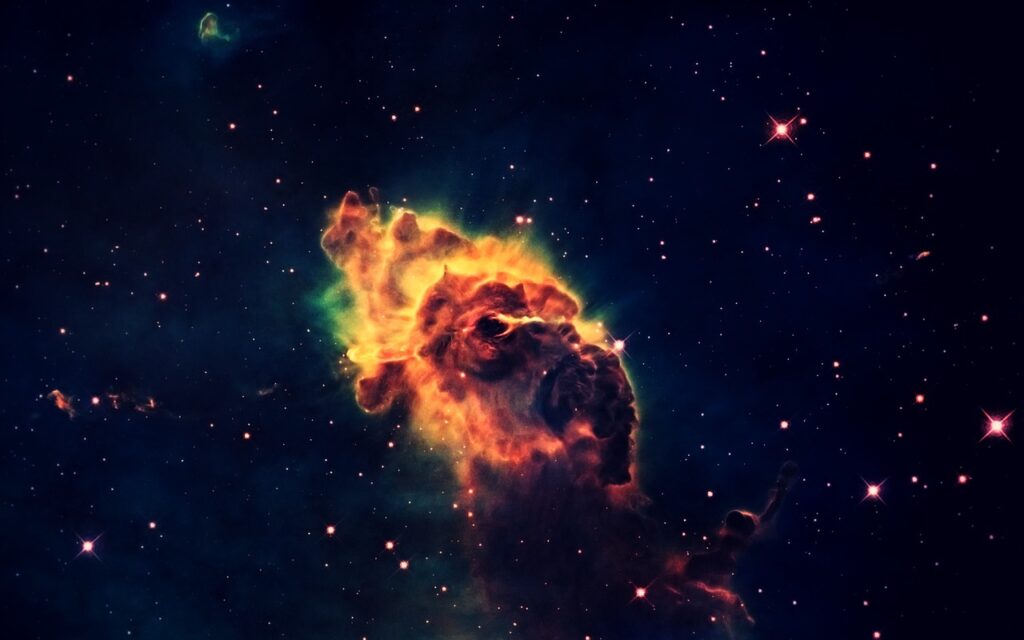
7. **Mapping the Heavens: How Stars Got Their Names and Places**
Long before telescopes, ancient civilizations were captivated by stars, using them for wonder and survival. “Historically, stars have been important to civilizations throughout the world,” for “religious practices, divination rituals, mythology, celestial navigation and orientation, to mark the passage of seasons, and to define calendars.” The “motion of the Sun against the background stars… was used to create calendars,” fundamental for early societies.
Early astronomers distinguished “fixed stars” from “wandering stars” (planets). “By convention, astronomers grouped prominent stars into asterisms and constellations” to track celestial motions. The concept of constellations “was known… during the Babylonian period,” and many names “derive from Greek astronomy.” Early “star catalogues were compiled by the ancient Babylonian astronomers,” followed by Greek and Islamic scholars who provided “Arabic names to many stars.”
As science advanced, formal designation systems emerged. Johann Bayer introduced “Greek letters as designations,” and John Flamsteed added a “numbering system based on the star’s right ascension.” Today, the “International Astronomical Union (IAU)” is the authority, with its “Working Group on Star Names (WGSN)” standardizing proper names, ensuring consistency in our cosmic nomenclature for these timeless beacons.
Get ready to dive even deeper into the celestial drama, because while their births are spectacular, the way stars exit the stage is just as epic! From gentle fades to mind-blowing explosions, the final acts of these cosmic powerhouses are where the real universe-shaping action happens. You might think you know how it ends, but trust us, the universe has some serious plot twists up its sleeve!
8. **The Beginning of the End: How Stars Run Out of Fuel**
Imagine a star as a perfect balancing act, a cosmic tug-of-war between the immense outward pressure generated by nuclear fusion in its core and the relentless inward pull of its own gravity. For billions of years, this equilibrium keeps a star shining steadily, a beacon of stability in the vastness of space. It’s a truly miraculous dance that defines most of a star’s life.
But even the longest-running shows have their final season. For a star, that moment arrives when its core begins to ‘run out of hydrogen to convert into helium.’ This isn’t just running on empty; it’s a fundamental shift in the engine that drives its existence. With less hydrogen to fuse, the fusion reactions slow down, and the outward pressure can no longer fully counteract gravity’s grip. It’s like the star takes a deep, shaky breath.
When this happens, the core starts to ‘collapse’ under its own immense weight. However, this isn’t a quick, catastrophic implosion for all stars. This squeezing action actually makes the core’s temperature and pressure skyrocket even further, which paradoxically causes the star’s outer layers to ‘slowly puff up.’ The exact trajectory of these dramatic late stages of a star’s life, however, ‘depend strongly on its mass,’ setting the stage for very different final acts.
Read more about: Rustle Up Some Fun: 14 Surprising Behind-The-Scenes Facts From The Golden Age of TV Westerns
9. **The Quiet Departure: The Fate of Low-Mass Stars Like Our Sun**
For stars with ‘low-mass’—including our very own Sun—their grand finale is more of a graceful, albeit dramatic, exit than a violent explosion. Once their hydrogen fuel is depleted, these stars begin a transformation that sees them swell to incredible sizes. Their ‘atmosphere will keep expanding until it becomes a subgiant or giant star,’ a truly magnificent sight if you could watch it unfold in cosmic time.
During this phase, something remarkable happens deep within. While the hydrogen fusion has ceased in the core, the increasing temperature and pressure allow a new kind of alchemy to begin: ‘fusion converts helium into carbon in the core.’ This new fuel source gives the star a temporary reprieve, allowing it to continue burning, albeit with a different set of reactions, creating heavier elements that will eventually seed the cosmos.
These aging giants aren’t always stable. Some become ‘unstable and pulsate, periodically inflating and ejecting some of their atmospheres.’ Over time, all of the star’s outer layers gently ‘blow away,’ creating a breathtaking spectacle known as a ‘planetary nebula.’ These aren’t related to planets at all, but are beautiful, expanding clouds of dust and gas, illuminated by the dying core, often resembling cosmic jewels. What’s left behind is the star’s exposed core, a ‘white dwarf’—a dense, ‘roughly Earth-sized stellar cinder’ that will slowly cool over billions of years, a silent testament to a once-shining star.
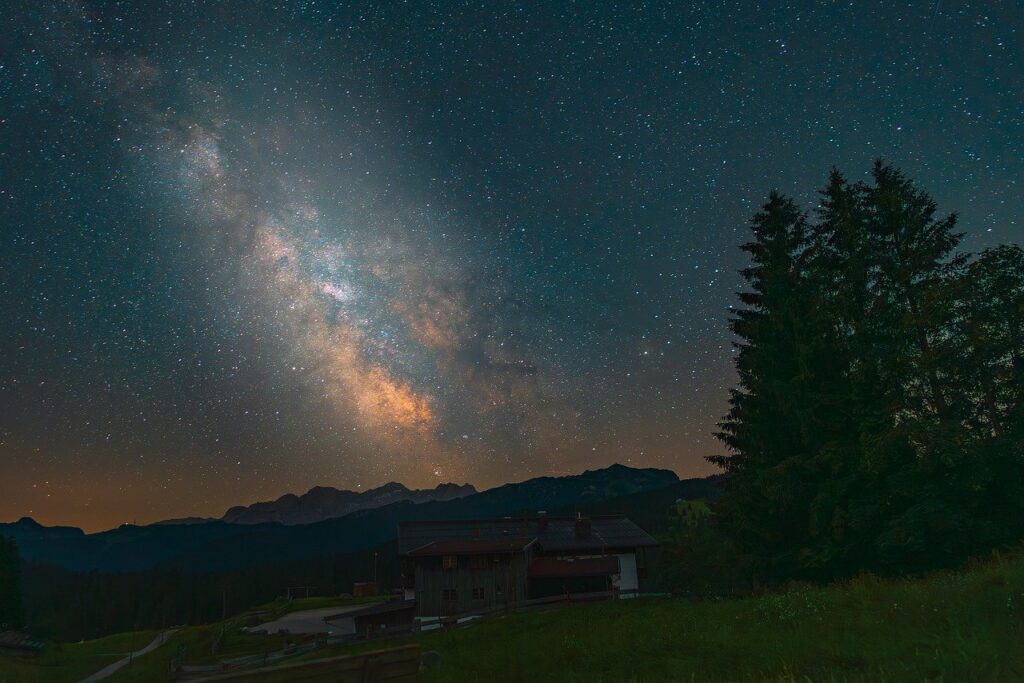
10. **The Grand Finale: Supernovae and the Violent Death of Massive Stars**
Now, if you thought the quiet departure was dramatic, brace yourself for the truly spectacular—and utterly destructive—end of a ‘high-mass star.’ These are the cosmic titans, the rock stars of the stellar world, with ‘a minimum mass of ~8 M ☉.’ When they run out of hydrogen, their journey to oblivion becomes a rapid, terrifying descent into unimaginable power, unlike their smaller siblings.
Instead of gracefully puffing off their outer layers, these massive stars engage in a furious race against time. Their cores fuse increasingly heavier elements: ‘carbon into heavier elements like oxygen, neon, and magnesium,’ then ‘silicon fuses into iron.’ Each new fusion stage provides a fleeting burst of energy, but also requires ever-higher temperatures and pressures. It’s like a cosmic countdown, with each fuel source buying less and less time, often just ‘a few million years’ for the entire process, and mere ‘days’ for the final iron fusion stage.
Here’s the cosmic kicker: fusing iron into anything heavier ‘requires energy instead of releasing it.’ This is the ultimate stellar brick wall. When the core becomes pure iron, there’s no more energy to be gained, and the star’s core loses its fight against gravity. It ‘collapses’ with terrifying speed, then rebounds, creating an outward-traveling ‘shock wave.’ The result is a ‘huge explosion called a supernova’—a cosmic fireworks display so bright it can outshine entire galaxies. What’s left is an ‘incredibly dense remnant, either a neutron star or a black hole,’ the universe’s ultimate expressions of density and gravity.

11. **Cosmic Rebirth: How Dying Stars Sow the Seeds for New Ones**
Even in death, stars play an absolutely crucial role in the ongoing saga of the universe. It’s not just a destructive end; it’s a magnificent act of cosmic recycling. The spectacular explosions of supernovae, along with the gentler ‘stellar mass loss or supernova explosions,’ aren’t just spectacles. They are the ultimate cosmic delivery service.
These dying stars ‘return chemically enriched material to the interstellar medium.’ Think about it: all those elements forged in the heart of a star, heavier than hydrogen and helium, like carbon, oxygen, and iron, are blasted out into space. This isn’t cosmic waste; it’s the very stuff of life. These precious elements are then ‘recycled into new stars,’ carrying the legacy of their predecessors.
But it doesn’t stop there! This enriched material also becomes incorporated into ‘planetary systems.’ Without this incredible cycle of stellar death and rebirth, there would be no rocky planets, no water, no complex molecules, and ultimately, no life as we know it. We are literally made of stardust, the atomic ashes of ancient stars, reborn into new cosmic structures. How cool is that?

12. **Universal Yardsticks: Units and Methods for Measuring Stellar Properties**
Alright, so stars are epic, but how do we even begin to measure these distant, scorching behemoths? Astronomers are essentially cosmic detectives, using sophisticated tools to deduce the secrets of stars without ever getting close. They can ‘determine stellar properties—including mass, age, metallicity (chemical composition), variability, distance, and motion through space’ by meticulously observing a star’s ‘apparent brightness, spectrum, and changes in its position in the sky over time.’ It’s like reading a cosmic fingerprint.
When talking about these cosmic giants, standard units like kilograms or meters can quickly become unwieldy. That’s why astronomers often turn to ‘solar units’—a brilliant way to express a star’s mass, luminosity, and radius in comparison to our own Sun. For example, the IAU has defined ‘nominal solar luminosity L ☉ = 3.828 × 1026 W’ and ‘nominal solar radius R ☉ = 6.957 × 108 m.’ These nominal values provide a consistent baseline for comparison across the universe.
Even for vast distances within our own stellar neighborhood, astronomers have special measures. The ‘astronomical unit’ (AU) is a fantastic shorthand, representing ‘approximately equal to the mean distance between the Earth and the Sun,’ which the IAU precisely defined in 2012 as ‘149,597,870,700 m.’ For truly monumental distances, like those to other stars, they employ the ‘parallax technique,’ a method that uses changes in a star’s apparent position from different points in Earth’s orbit. This technique famously allowed ‘Friedrich Bessel’ to make ‘the first direct measurement of the distance to a star (61 Cygni at 11.4 light-years)’ way back in 1838, proving just how vast space truly is.
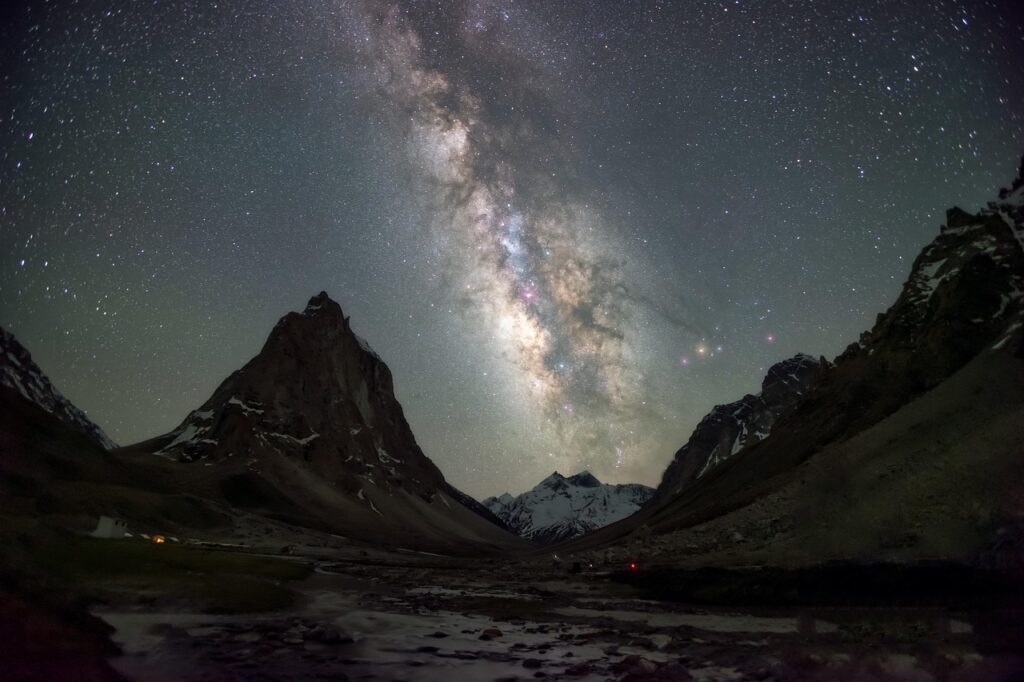
13. **Decoding Starlight: The Science of Spectroscopy and Star Classification**
How do we know what a star is made of, or how hot it is, when it’s light-years away? The answer lies in one of the most powerful tools in astronomy: ‘stellar spectroscopy.’ It’s like dissecting light itself to reveal a star’s innermost secrets. Pioneers like ‘Joseph von Fraunhofer and Angelo Secchi’ were instrumental in this field, paving the way for our current understanding.
Spectroscopy involves analyzing the light emitted by a star, breaking it down into its component colors, much like a prism does with sunlight. When they did this, early astronomers noticed ‘differences in the strength and number of their absorption lines—the dark lines in stellar spectra caused by the atmosphere’s absorption of specific frequencies.’ These dark lines are essentially fingerprints, each corresponding to a specific chemical element absorbing particular wavelengths of light. It’s how we know the ‘chemical composition of the stellar atmosphere.’
Building on these discoveries, ‘Secchi began classifying stars into spectral types’ in 1865, a foundational step for modern astrophysics. This system was further refined and developed into ‘the modern version of the stellar classification scheme’ by ‘Annie J. Cannon during the early 1900s.’ Thanks to ‘advances in quantum physics,’ we now understand precisely how atoms absorb and emit light, allowing us to accurately ‘determine the chemical composition of the stellar atmosphere’ and much more. It’s all thanks to reading the subtle messages hidden within a star’s light.
14. **Stellar Diversity: Exploring the Vast Range of Star Sizes and Types**
If you thought all stars were more or less the same, shining brightly in the night, prepare to have your mind blown by the sheer ‘diversity’ of these cosmic objects! From tiny, long-lived embers to colossal, short-lived infernos, the universe is packed with a dazzling array of stellar personalities. It turns out, a star’s ‘mass’ is the ultimate decider of its ‘properties at various stages of their development,’ and thus its entire life story.
Astronomers classify stars into different groups based on their mass, revealing fascinating insights into their unique evolutionary paths. Take ‘Very low mass stars,’ for instance, with masses ‘below 0.5 M ☉.’ These are the marathon runners of the cosmos, burning their fuel so slowly that their ‘lifetime… is longer than the age of the universe,’ meaning none have even reached their final stage yet! Then there are ‘Intermediate-mass stars,’ between ‘~2.25 M ☉ and ~8 M ☉,’ which follow their own intriguing evolutionary stages, often without the dramatic ‘helium flash’ seen in low-mass stars, instead spending an ‘extended period in the red clump.’
These different paths mean a wild range of sizes, temperatures, and luminosities. You’ve got ‘red dwarfs’—small, cool, and dim—all the way up to ‘supermassive blue supergiants,’ which are gargantuan, incredibly hot, and brilliantly luminous. Our Sun sits comfortably in the middle as a main-sequence star, but it’s just one type in a cosmic kaleidoscope! The ‘Hertzsprung-Russell diagram,’ developed in 1913, is a crucial tool that visually maps this incredible ‘stellar diversity,’ showing the relationships between a star’s luminosity, temperature, and evolutionary stage. It’s like a stellar yearbook, showcasing all the different types of cosmic personalities out there!
From their explosive beginnings to their quiet or violent ends, stars are not just distant lights; they are the architects of the cosmos, constantly evolving and reshaping the universe around us. Each flicker and every colossal explosion tells a story of creation, destruction, and rebirth. Next time you look up, remember that those pinpricks of light are not just there; they are actively weaving the fabric of everything that exists, including us. What an absolutely incredible universe we live in!


